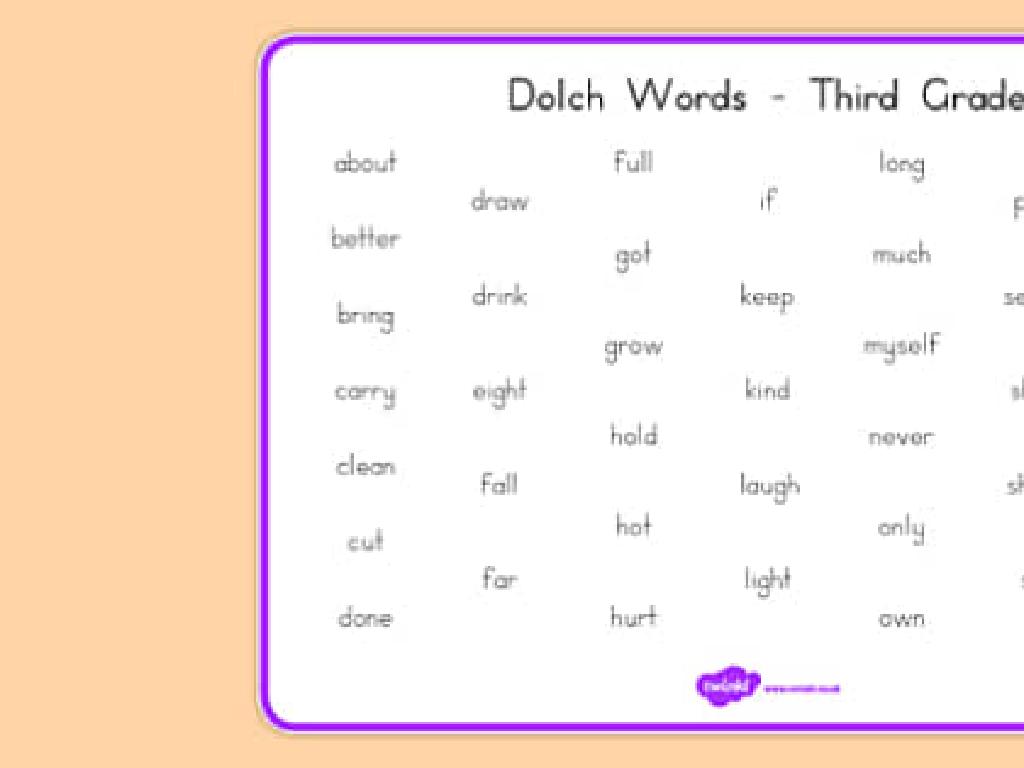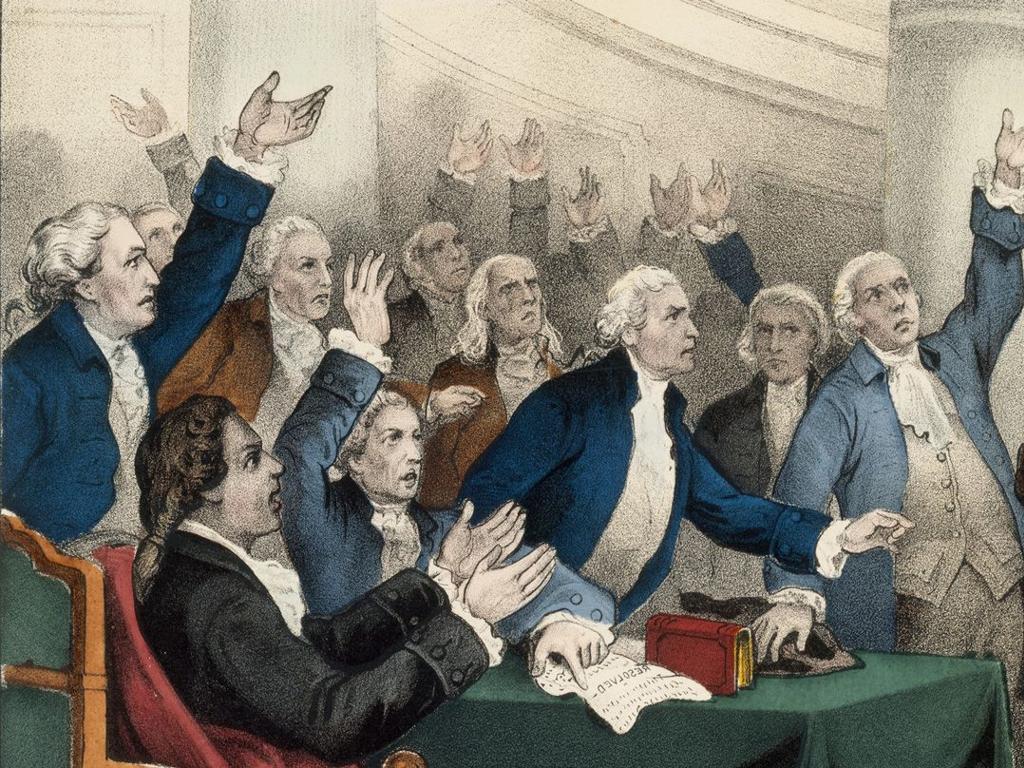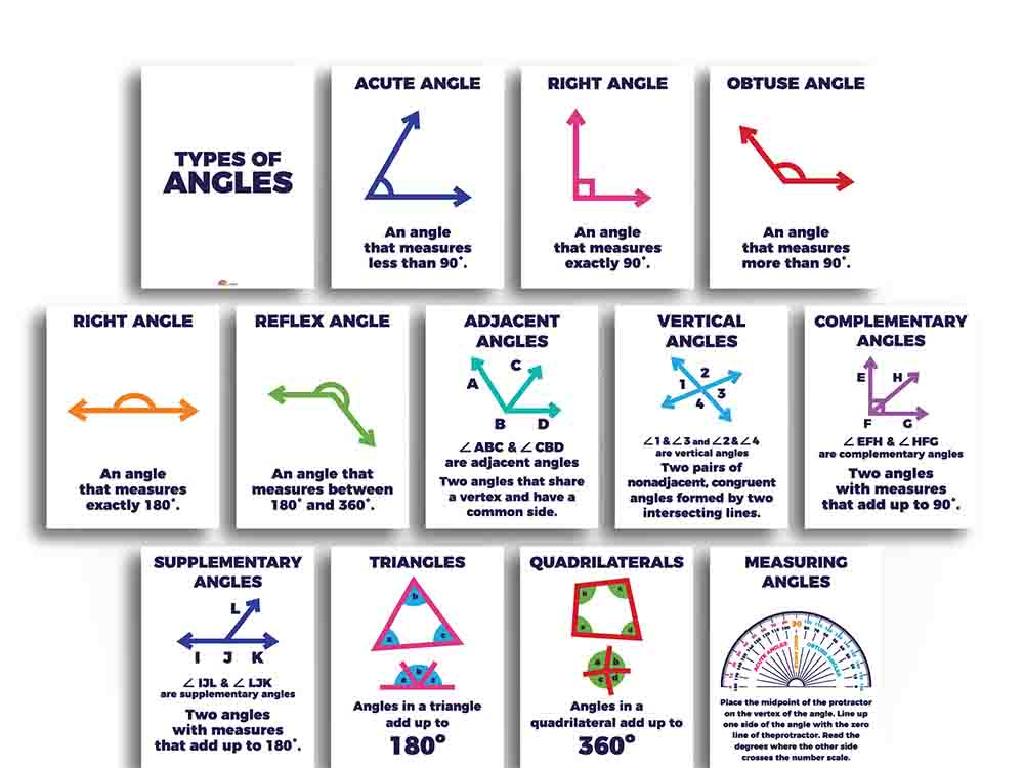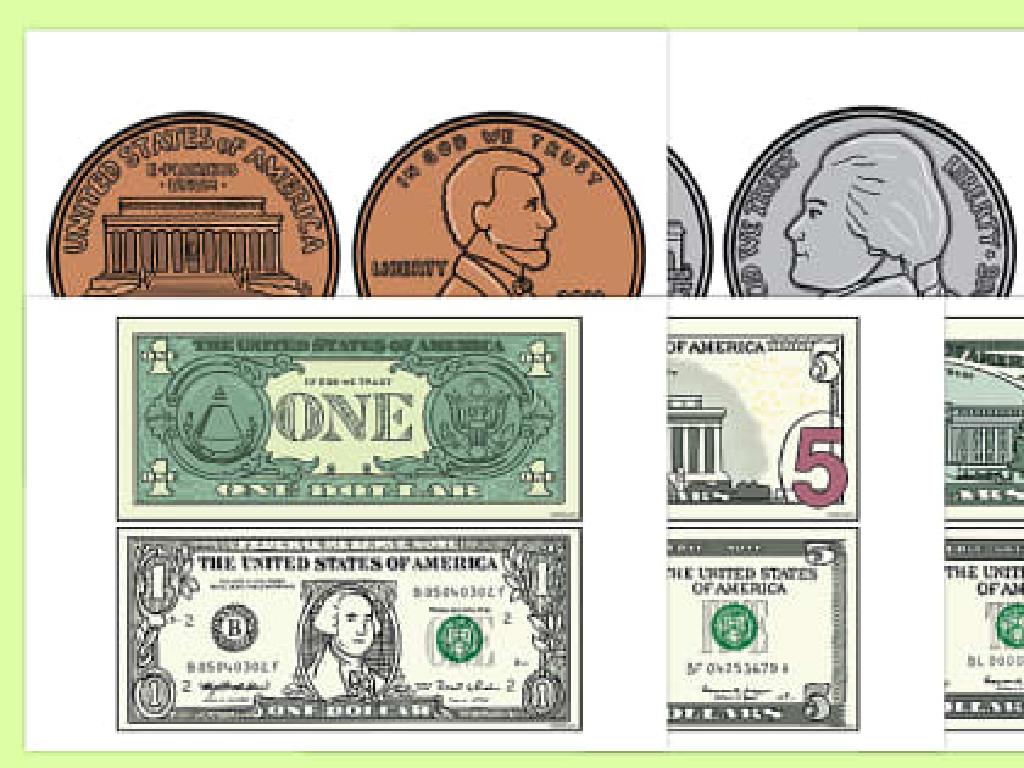Coral Reef Biodiversity And Human Uses: Evaluate Solutions
Subject: Science
Grade: Sixth grade
Topic: Conservation
Please LOG IN to download the presentation. Access is available to registered users only.
View More Content
Coral Reefs: Ocean’s Treasure
– Explore the world of coral reefs
– Coral reefs are diverse underwater ecosystems.
– Discover the richness of biodiversity
– Biodiversity refers to the variety of life and its processes.
– Learn why reefs are crucial
– Reefs protect coastlines and support marine life.
– Discuss human impacts and solutions
– We’ll explore how human activities affect reefs and how we can help.
|
This slide introduces students to the vibrant ecosystem of coral reefs, emphasizing their biodiversity and significance to the planet. Highlight the role of coral reefs in supporting a vast array of marine species, their contribution to protecting coastal regions from erosion, and their value to human societies, particularly for fishing and tourism. Discuss the threats posed by human activities such as pollution, overfishing, and climate change. Engage students in thinking critically about how we can take action to preserve these vital ecosystems for future generations. Encourage them to consider simple conservation efforts they can participate in, such as reducing plastic use and supporting reef-friendly products.
Exploring Coral Reefs
– Define Coral Reefs
– Coral reefs are diverse underwater ecosystems held together by calcium carbonate structures.
– Coral Polyps: Reef Builders
– Tiny, soft-bodied organisms related to sea anemones and jellyfish.
– Types of Coral Reefs
– Fringing reefs border shorelines, barrier reefs parallel coastlines with deeper lagoons, and atolls are circular reefs surrounding a lagoon.
– Significance of Reef Types
– Each type supports different marine life and protects coastlines.
|
This slide introduces students to the concept of coral reefs, the essential role of coral polyps in building these structures, and the various types of reefs. Emphasize the importance of coral reefs as diverse ecosystems that provide habitat for countless marine species. Explain how coral polyps secrete limestone to form the sturdy structures of reefs. Discuss the three main types of reefs: fringing reefs, which are directly attached to a shore; barrier reefs, which are separated from a mainland or island shore by a deep channel or lagoon; and atolls, which are circular or oval reefs with a central lagoon. Highlight how each type of reef contributes to marine biodiversity and coastal protection. Encourage students to think about how these ecosystems are important for both marine life and human communities.
Exploring Coral Reef Biodiversity
– Coral reefs as diverse habitats
– Reefs provide homes for thousands of species.
– Variety of species in reefs
– Reefs are bustling with fish, invertebrates, and algae.
– Symbiotic relationships in reefs
– Organisms depend on each other for survival.
– Conservation of reef ecosystems
|
This slide introduces students to the incredible biodiversity found within coral reef ecosystems. Emphasize that coral reefs are not just rocks, but living habitats that provide shelter and resources for a vast array of marine life. Highlight the diversity of species, including fish, invertebrates like sea stars and crustaceans, and algae, which all play a role in the reef’s health. Discuss symbiotic relationships, such as clownfish and anemones, to illustrate how species interact within the reef. Lastly, touch on the importance of these ecosystems and how human actions can impact their survival, setting the stage for discussing conservation solutions in subsequent slides.
Human Uses of Coral Reefs
– Coral reefs in medicine
– Reefs provide ingredients for medicines, including treatments for cancer and HIV.
– Reefs as food sources
– Many communities rely on fish from reefs for their dietary needs.
– Recreational benefits
– Diving and snorkeling in reefs boost tourism and local economies.
– Cultural significance
– Reefs hold spiritual and historical value for many cultures.
|
This slide aims to educate students on the various ways humans utilize coral reefs, emphasizing their importance beyond just marine biodiversity. Highlight how coral reefs contribute to medical advancements by providing compounds for drugs. Discuss how many coastal communities depend on reefs for sustenance and livelihood through fishing. Explain the recreational aspect, such as tourism through water sports, which also supports local businesses. Lastly, touch on the cultural and spiritual connections many societies have with coral reefs, which can be part of their heritage and identity. Encourage students to think about the balance between these uses and the need for conservation.
Threats to Coral Reefs: Conservation Efforts
– Pollution’s impact on reefs
– Toxins and waste damage delicate coral structures and life.
– Overfishing harms reef ecosystems
– Removing too many fish disrupts the balance, affecting reef health.
– Destructive fishing practices
– Practices like blast fishing destroy coral habitats.
– Climate change leads to bleaching
– Warmer temperatures cause corals to expel algae, turning them white.
|
This slide aims to educate students on the various threats facing coral reefs, emphasizing the importance of conservation. Pollution includes runoff from land, oil spills, and plastic waste, all of which can smother or poison corals. Overfishing can deplete species that are crucial for the reef’s health, while destructive practices like using cyanide or explosives in fishing can cause irreparable damage to the coral structure. Climate change is a significant threat, with rising sea temperatures leading to widespread coral bleaching, where corals lose the algae they depend on for food, leading to their death. Discuss with students how human actions contribute to these issues and explore potential solutions to mitigate these threats. Encourage them to think critically about how they can help protect coral reefs.
Evaluating Solutions for Coral Reef Conservation
– Marine Protected Areas (MPAs)
– MPAs are zones where human activity is restricted to protect biodiversity.
– Sustainable Fishing Practices
– Practices like size limits and gear restrictions to maintain fish populations.
– Coral Farming Initiatives
– Growing corals in nurseries then transplanting them to damaged reefs.
– Restoration Projects Impact
– Assessing the success of efforts to repair and regenerate coral ecosystems.
|
This slide aims to educate students on the various strategies being implemented to conserve coral reef biodiversity. Marine Protected Areas are crucial as they provide a safe haven for marine life to thrive without human interference. Sustainable fishing practices are essential to prevent overfishing and ensure that fish populations remain stable. Coral farming is an innovative approach where corals are cultivated and then introduced to damaged areas to promote recovery. Restoration projects are vital for evaluating the effectiveness of conservation efforts and making necessary adjustments. Encourage students to think critically about these solutions and discuss how they can be involved in conservation efforts.
Class Activity: Protect Our Reefs!
– Discuss ways to help reefs
– Design a ‘Save the Reef’ poster
– Use creativity to highlight conservation
– Present your solutions
– Share your group’s ideas with the class
– Reflect on the importance of reefs
– Understand how reefs impact the environment
|
This interactive class activity is designed to engage students in group discussions about coral reef conservation. Students will brainstorm and share ideas on how to protect coral reefs, then work together to create a campaign poster that promotes reef conservation. Each group will present their poster and solutions to the class, fostering public speaking and teamwork skills. After presentations, lead a reflection session on the importance of coral reefs to marine biodiversity and human livelihoods. Provide guidance on poster design and ensure each group has materials needed. Possible activities: 1) Researching local conservation efforts, 2) Role-playing as marine biologists, 3) Creating a skit about the impact of pollution on reefs, 4) Building a model reef, 5) Writing persuasive letters to government officials about reef protection.





